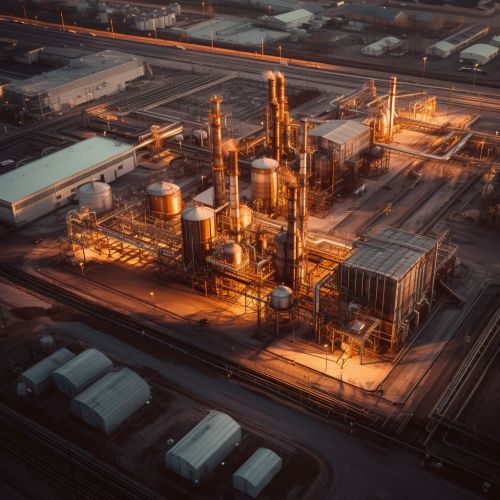Bhopal disaster
Introduction
The Bhopal disaster was a catastrophic industrial accident that occurred on the night of 2-3 December 1984 at the Union Carbide India Limited (UCIL) pesticide plant in Bhopal, Madhya Pradesh, India. It is considered one of the world's worst industrial disasters.


Background
UCIL was a subsidiary of Union Carbide Corporation (UCC), an American company. The Bhopal plant was built in 1969 to produce the pesticide Sevin (carbaryl) using methyl isocyanate (MIC) as an intermediate. The plant was situated in a densely populated area of the city, a factor that would contribute to the high casualty rate of the disaster.
The Disaster
On the night of 2 December 1984, water entered Tank 610, which contained 42 tonnes of MIC. This resulted in an exothermic reaction, which led to the increase in temperature and pressure. The safety systems, which were supposed to neutralize any accidental release of the gas, were not operational. Around 1:00 AM, the gas and its reaction products started venting from the plant.
The gas cloud, composed mainly of materials denser than air, stayed close to the ground and spread in the southeasterly direction affecting the nearby communities. The exact composition of the gas released was never determined but it is believed to have consisted of a mixture of chemicals, primarily MIC, phosgene, hydrogen cyanide, monomethylamine, carbon monoxide and possibly 20 other chemicals.
Aftermath
The immediate impact of the gas release led to thousands of deaths (the official immediate death toll was 2,259). The government of Madhya Pradesh confirmed a total of 3,787 deaths related to the gas release. Others estimate that 8,000 died within two weeks and another 8,000 or more have since died from gas-related diseases. A government affidavit in 2006 stated that the leak caused 558,125 injuries including 38,478 temporary partial injuries and approximately 3,900 severely and permanently disabling injuries.
UCIL began cleanup of the plant site in 1985 under the supervision of the Indian authorities. The cleanup was completed in 1994 and the site was turned over to the state government of Madhya Pradesh. Remediation of contaminated soil and groundwater is ongoing.
Legal and Health Issues
In the aftermath of the disaster, UCC and its then chairman Warren Anderson, a U.S. citizen, were charged with various offences by the Indian authorities. UCC refused to extradite its executives to India and instead proposed a settlement. The Indian Supreme Court approved a settlement of $470 million in 1989.
The disaster caused long-term health effects among the exposed population. These health effects include respiratory problems, eye problems, neuromuscular disorders, psychiatric disorders, reproductive health problems, and genetic disorders.
Legacy
The Bhopal disaster has been a significant event in terms of industrial safety. It led to changes in industrial processes to avoid similar incidents. It also led to improvements in emergency response and preparedness.
The disaster has also been a focal point for activism and advocacy on issues related to industrial safety, corporate responsibility, and environmental justice.
